If you've ever had a clogged sink or a foul smell coming from your bathroom, chances are the culprit was the sink trap. This essential plumbing fixture may seem insignificant, but it plays a crucial role in keeping your bathroom clean and functioning properly. In this article, we'll dive deeper into the world of sink traps and explore the top 10 main types you should know about.Understanding the Importance of a Bathroom Sink Trap
A sink trap, also known as a P-trap or an S-trap, is a curved piece of pipe that connects your sink's drain to the main plumbing system. Its primary purpose is to prevent sewer gases from entering your home and to catch debris that may clog your pipes. Sink traps are typically made of PVC, ABS, or metal and come in various sizes to fit different sink types.1. What is a Sink Trap?
The two most common types of sink traps are P-traps and S-traps, named after their shape. P-traps have a curved pipe that resembles the letter "P," while S-traps have a curved pipe that looks like the letter "S." P-traps are more commonly used in modern plumbing, as they are more efficient at preventing sewer gases from escaping. S-traps, on the other hand, are typically found in older homes and are known to be more prone to clogging.2. The Difference Between P-Traps and S-Traps
The sink drain trap is the lower part of the sink trap, which attaches to the tailpiece coming from the sink's basin. Its primary function is to catch debris and prevent it from entering the main plumbing system. This not only helps to keep your pipes clean but also reduces the risk of clogs and foul odors.3. The Role of a Sink Drain Trap
As mentioned earlier, P-traps are the most commonly used sink traps in modern plumbing. They are highly effective at trapping debris and preventing sewer gases from entering your home. P-traps come in different shapes and sizes to fit various sink configurations, making them a versatile option for any bathroom.4. Sink P-Traps: The Most Common Type
S-traps were once the standard for sink traps, but nowadays, they are not as commonly used. They are still a viable option, especially for older homes that may have existing S-trap plumbing. However, they are known to be more prone to clogging and can be difficult to maintain.5. S-Traps: An Alternative to P-Traps
Having a well-functioning drain trap is crucial for maintaining a clean and odor-free bathroom. A good drain trap prevents clogs, reduces the risk of sewer gases entering your home, and makes it easier to keep your pipes clean. Additionally, a properly installed and maintained sink trap can save you money on costly repairs in the future.6. The Benefits of a Good Drain Trap
Sink drain P-traps have a curved pipe that connects to the tailpiece from the sink's basin and a straight pipe that connects to the main plumbing system. The curved pipe acts as a trap, while the straight pipe allows water to flow out freely. P-traps are also equipped with a cleanout plug, making it easier to remove any trapped debris.7. Sink Drain P-Traps: A Closer Look
Sink drain S-traps have a similar design to P-traps, with the only difference being the curved pipe's shape. In S-traps, the curved pipe is shaped like an "S" and connects to the tailpiece from the sink's basin. Like P-traps, S-traps also have a straight pipe that connects to the main plumbing system and a cleanout plug for easy maintenance.8. Sink Drain S-Traps: A Closer Look
If you're looking to replace your sink trap or install a new one, you may want to consider a P-trap assembly. These come with all the necessary components, including the curved pipe, straight pipe, and cleanout plug, making it a convenient and easy-to-install option for your bathroom sink.9. Sink Drain P-Trap Assembly: Everything You Need in One Package
The Importance of a Bathroom Sink Trap in House Design

Ensuring Proper Drainage
 When it comes to house design, every detail matters. From the layout to the materials used, every aspect should be carefully considered to ensure functionality and aesthetic appeal. One often overlooked but essential component of a bathroom is the
sink trap
. This small but mighty mechanism plays a crucial role in maintaining proper drainage in your bathroom sink.
The main purpose of a sink trap is to prevent sewer gases from entering your home through the sink drain. This is achieved by creating a water seal that blocks the gases from passing through. This not only helps keep your bathroom smelling fresh, but it also protects your health by preventing the inhalation of harmful gases.
When it comes to house design, every detail matters. From the layout to the materials used, every aspect should be carefully considered to ensure functionality and aesthetic appeal. One often overlooked but essential component of a bathroom is the
sink trap
. This small but mighty mechanism plays a crucial role in maintaining proper drainage in your bathroom sink.
The main purpose of a sink trap is to prevent sewer gases from entering your home through the sink drain. This is achieved by creating a water seal that blocks the gases from passing through. This not only helps keep your bathroom smelling fresh, but it also protects your health by preventing the inhalation of harmful gases.
Preventing Clogs
 Another important function of a sink trap is to prevent clogs in your plumbing system. Without a sink trap, hair, soap residue, and other debris can easily accumulate in your pipes and cause blockages. This can lead to slow draining or even complete blockage, which can be a major inconvenience and expense to fix.
A sink trap acts as a barrier, catching any debris before it can make its way down the drain and clog your pipes. This not only saves you from potential plumbing emergencies, but it also helps to prolong the lifespan of your plumbing system.
Another important function of a sink trap is to prevent clogs in your plumbing system. Without a sink trap, hair, soap residue, and other debris can easily accumulate in your pipes and cause blockages. This can lead to slow draining or even complete blockage, which can be a major inconvenience and expense to fix.
A sink trap acts as a barrier, catching any debris before it can make its way down the drain and clog your pipes. This not only saves you from potential plumbing emergencies, but it also helps to prolong the lifespan of your plumbing system.
Design and Aesthetics
 In addition to its functional purposes, a sink trap can also add to the overall design and aesthetics of your bathroom. With a variety of styles and finishes available, you can choose a sink trap that complements the rest of your bathroom fixtures. This small detail can make a big impact on the overall look and feel of your bathroom.
In conclusion, a bathroom sink trap may seem like a small and insignificant component of house design, but it serves a crucial purpose in maintaining proper drainage, preventing clogs, and adding to the overall design of your bathroom. So next time you're planning a bathroom renovation or designing a new home, don't overlook the importance of a good sink trap.
In addition to its functional purposes, a sink trap can also add to the overall design and aesthetics of your bathroom. With a variety of styles and finishes available, you can choose a sink trap that complements the rest of your bathroom fixtures. This small detail can make a big impact on the overall look and feel of your bathroom.
In conclusion, a bathroom sink trap may seem like a small and insignificant component of house design, but it serves a crucial purpose in maintaining proper drainage, preventing clogs, and adding to the overall design of your bathroom. So next time you're planning a bathroom renovation or designing a new home, don't overlook the importance of a good sink trap.


/sink-drain-trap-185105402-5797c5f13df78ceb869154b5.jpg)












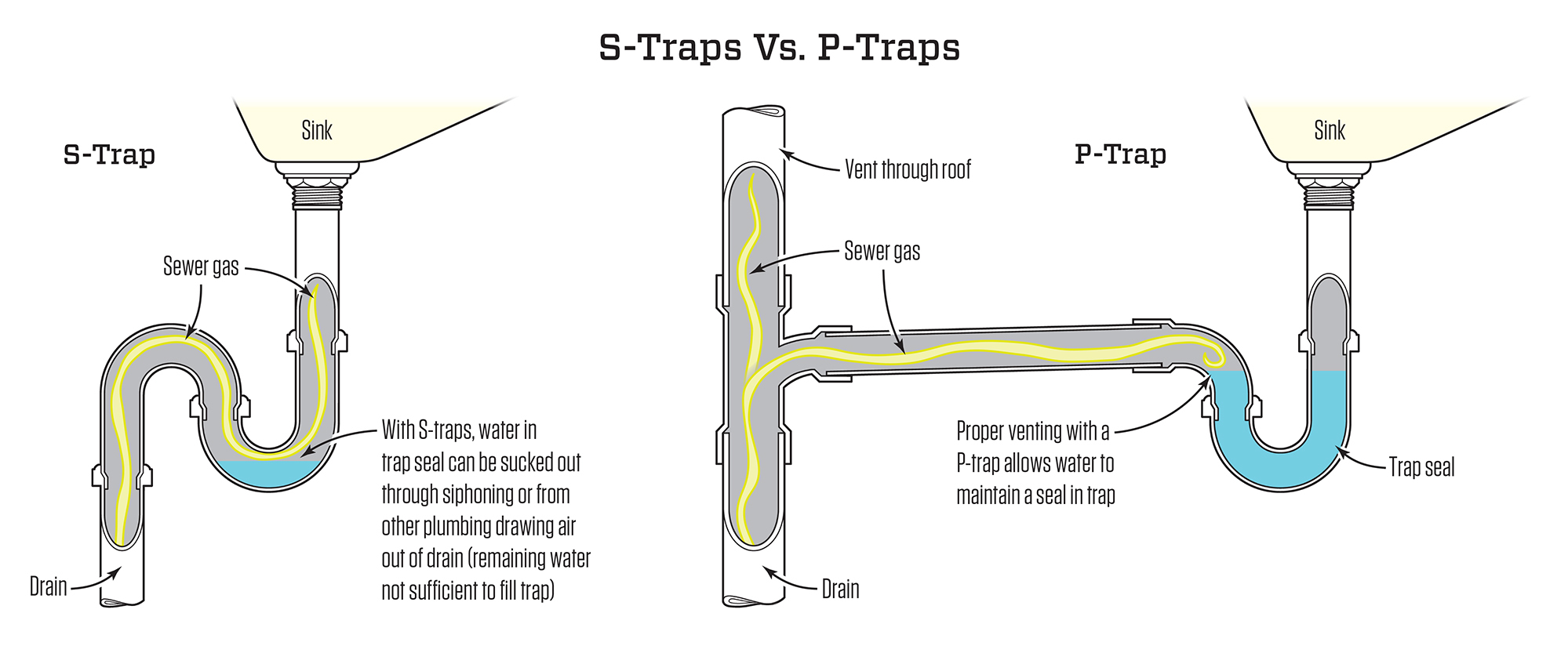

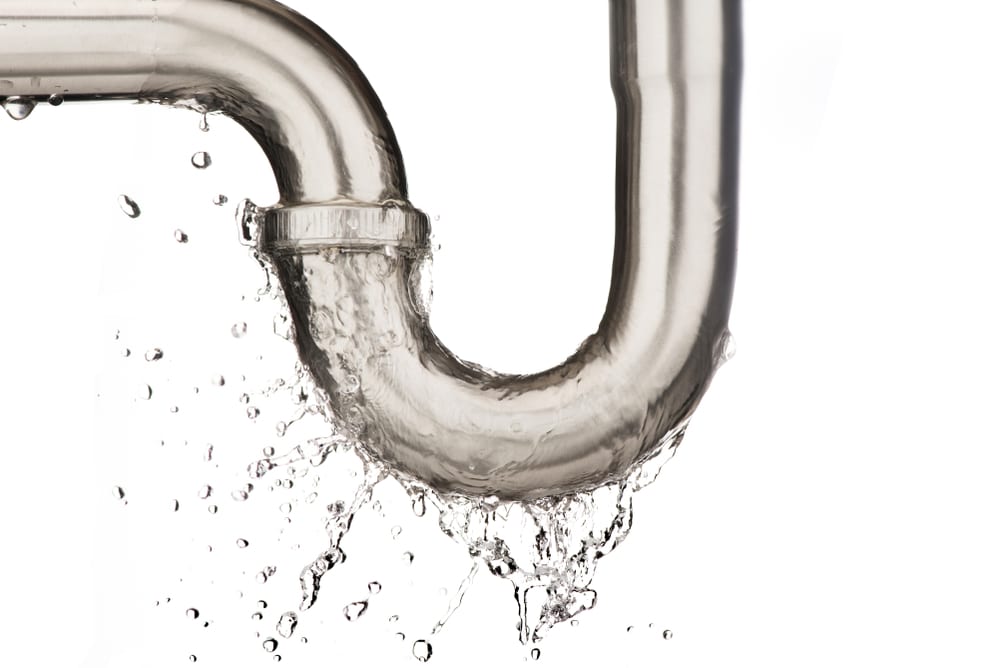
















/sink-drain-trap-185105402-5797c5f13df78ceb869154b5.jpg)




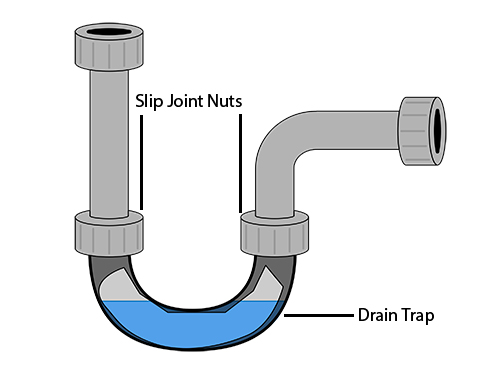















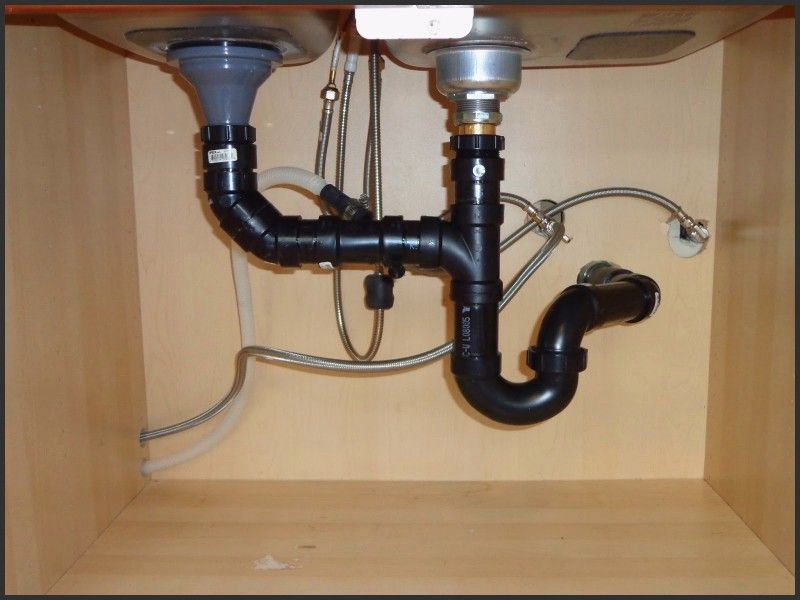
:max_bytes(150000):strip_icc()/replacing-a-sink-p-trap-2718773-hero-f3f65fbc400e41438c4d8280de025fc6.jpg)








:max_bytes(150000):strip_icc()/sink-drain-trap-185105402-5797c5f13df78ceb869154b5.jpg)




























